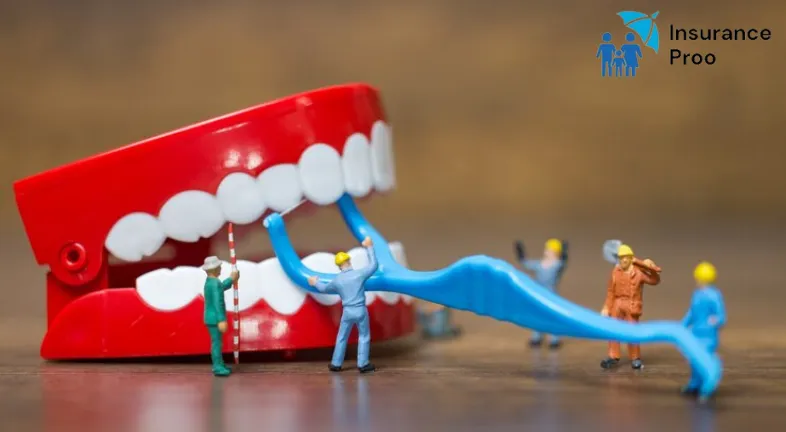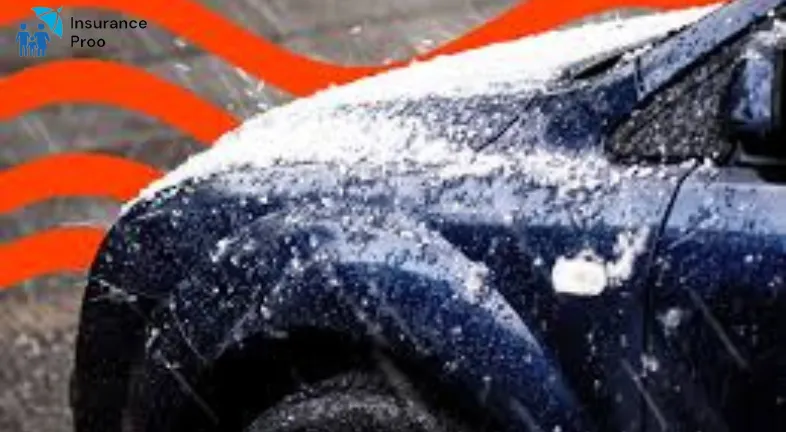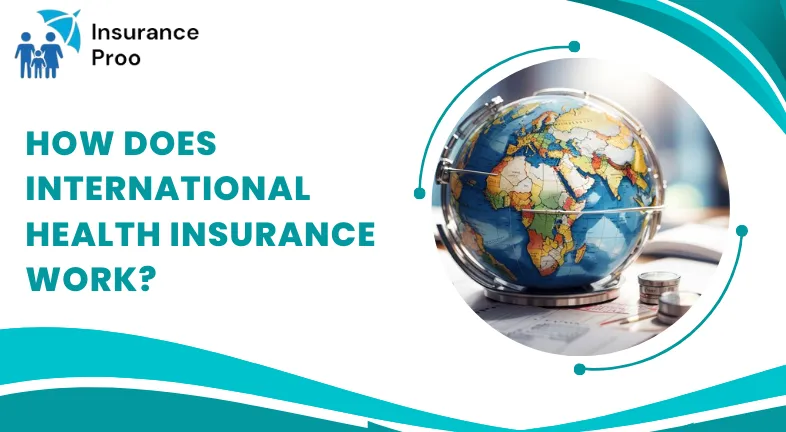Certainly Car Insurance

When your car hits an unanticipated bump in the road, car insurance provides a literal and figurative safety net. You enter into a contract with an insurance provider, paying regular premiums in return for protection against liabilities, damages, and injuries resulting from theft, auto accidents, and other covered incidents.
Although choosing your coverage can be difficult, this in-depth guide will provide you with the information you need to make an informed selection.
Why Is Auto Insurance Vital?
Picture yourself driving down a beautiful highway with the wind blowing over your hair. A deer darts across the road, and in your haste to escape it, you clip the side of another vehicle. Your leisurely trip becomes a stressful one in an instance.
In the event that you are found to be at blame for the accident, you will be fully liable for paying for the repairs of both cars, any medical expenses incurred in the event that someone is hurt, and any associated legal costs. In order to ease your financial burden and shield you from potentially catastrophic losses, auto insurance steps in.
Different Coverages for Auto Insurance:
Typically, auto insurance policies provide a range of coverages, each of which addresses a
distinct risk. The primary categories are as follows:
Liability coverage is the most important and frequently required type of insurance. In the event
that you are held legally liable for another person’s injuries or property damage in an accident, it
safeguards you financially. It is divided into two sections:
Liability for Bodily Injury: Provides coverage for lost wages and medical costs for anyone hurt
in an accident you caused. Liability for Property Damage: Pays for replacements or repairs for
items damaged in an accident you caused.
Regardless of who is at blame, collision coverage will pay for repairs to your car if it is damaged
in an accident. Comprehensive coverage guards against damages to your vehicle that are not
caused by accidents, like theft, vandalism, fire, floods, hailstorms, and falling items.
Financial security is offered by uninsured/underinsured motorist coverage in the event that you
are struck by a motorist whose insurance is either insufficient or nonexistent. Regardless of who
is at fault in an accident, medical payments coverage pays for your passengers’ and your own
medical costs. After a covered accident, rented Reimbursement Coverage pays for a rented
automobile while your own vehicle is being repaired.
Factors Influencing the Cost of Auto Insurance:
Your auto insurance premium price is determined by a number of factors, such as:
Your history of driving: Generally, cheaper premiums are associated with a spotless driving
record free of infractions or accidents.
Your age and gender: Younger drivers and men typically have higher premiums based on
statistics.
The year, make, and model of your car: In general, rates for newer, more costly cars are greater
than those for older, less expensive cars.
Where are you? In highly populated locations with higher traffic and accident rates, premiums
are typically higher.
Your options for coverage: Your premium will increase with the extent of your coverage.
How to Locate the Best Auto Insurance?

Look around: Obtain quotes from several insurance providers so you can evaluate costs and available coverage.
Think about quotation generators available online: You may rapidly compare rates from several insurers with the use of these tools.
Inquire about discounts: A lot of insurance providers provide savings for having a clean driving record, combining several plans, or having a car with safety features.
Examine the fine print: Before you purchase your policy, carefully read the terms and conditions to determine what is and is not covered.
Extra Sources:
The Department of Motor Vehicles in your state: The majority of DMVs offer details on your state’s needs for auto insurance.
The Insurance Commissioners’; National Association (NAIC): A non-profit company that offers resources and information on auto insurance is the NAIC.
Consumer Reports: Provides fair and objective evaluations of auto insurance providers.
Automobile insurance covers motorbikes, lorries, cars, and other types of road vehicles. Its main purpose is to offer financial protection against bodily harm or physical damage sustained in auto accidents, as well as against any responsibility resulting from such situations.
An all-inclusive auto insurance coverage safeguards against any loss or harm brought on by natural and man-made disasters to the car and its covered components. These disasters can be roughly divided into two categories: “Natural Calamities”and”Man Made Calamities”
You are covered in the event that an accident, fire, or self-ignition causes damage to your car. Moreover, your insurance covers losses to the vehicle brought on by terrorism, strikes, riots, or burglary or theft.
An insurance policy is a legal agreement between a policyholder and an insurance company that provides the policyholder with financial protection or reimbursement against losses. In order to reduce the insured’s payment costs, the company combines the risks of its clients.
CONCLUSION:
Investing in car insurance is crucial as it safeguards your finances in the event of unforeseen circumstances. You can pick the greatest coverage for your needs and budget by being aware about the many types of coverage, the factors that determine premiums, and how to select the best insurance.











